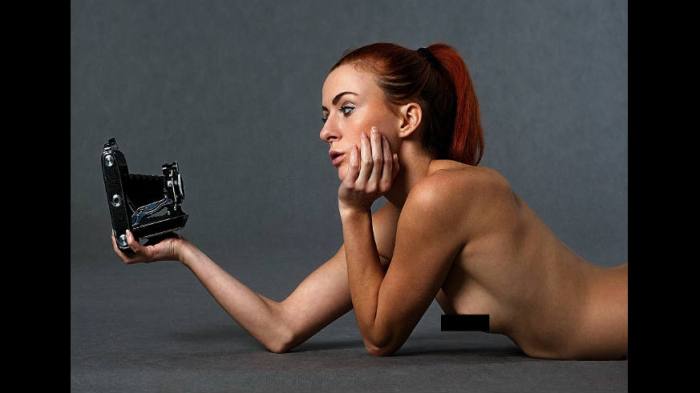What’s your favorite emoji? The eggplant? The tubular ocean wave? The two pints of beer clinking? While you probably haven’t thought too deeply about what emojis really mean or why you enjoy them, turns out there’s a scientific reason why you light up when that turd or tulip (or countless others from the emoji list) lights up your phone.
While ample research has been done on the emotional affect of face emojis — studies have shown that a smiling emoji face will cheer us up similarly to a smile on a real human face — not as much research has looked into how we react to emojis of objects.
A new study published in the Journal of Language and Social Psychology investigates our emotional response to these icons. In the study, authored by Dr. Monica A Riordan, Ph.D, an assistant professor of psychology at Chatham University, two groups of participants were shown text messages with or without emoji objects and asked to rate the “affective content” — psych speak for, explain how it made them feel. The results showed that the text messages that included object emojis inspired joy in the recipients. The more emojis that were included, the more upbeat the response.
Riordan posits that this is because of the performative aspect of emojis, which we use to maintain and communicate positivity in all kinds of relationships.
“We use text messaging to communicate with many different types of people: our spouse, co-workers, friends,” explains Riordan. “With each person, we play a different social role [that] requires that you act differently, and we perform these acts to remain in the other person’s good graces.”
For example, the emoji you send to make a joke in a group Slack channel is likely going to be pretty different from the one you send via sext to a new squeeze (do people still say squeeze?). But in both instances, you’re hoping to promote goodwill and disarm yourself to the recipient.
Emoji objects also make for great inside jokes, a way to bond over that shared meaning. Riordan uses the example of the unicorn emoji, which almost never signifies a literal unicorn, even if you’re at BronyCon. Instead, you might use it to represent those goddamn trendy lattes (ugh, and now frappuccinos), or to invoke the slang term for the special third who joins a couple to make a threesome.
In conclusion: ? ? ? . How do you feel now?


















